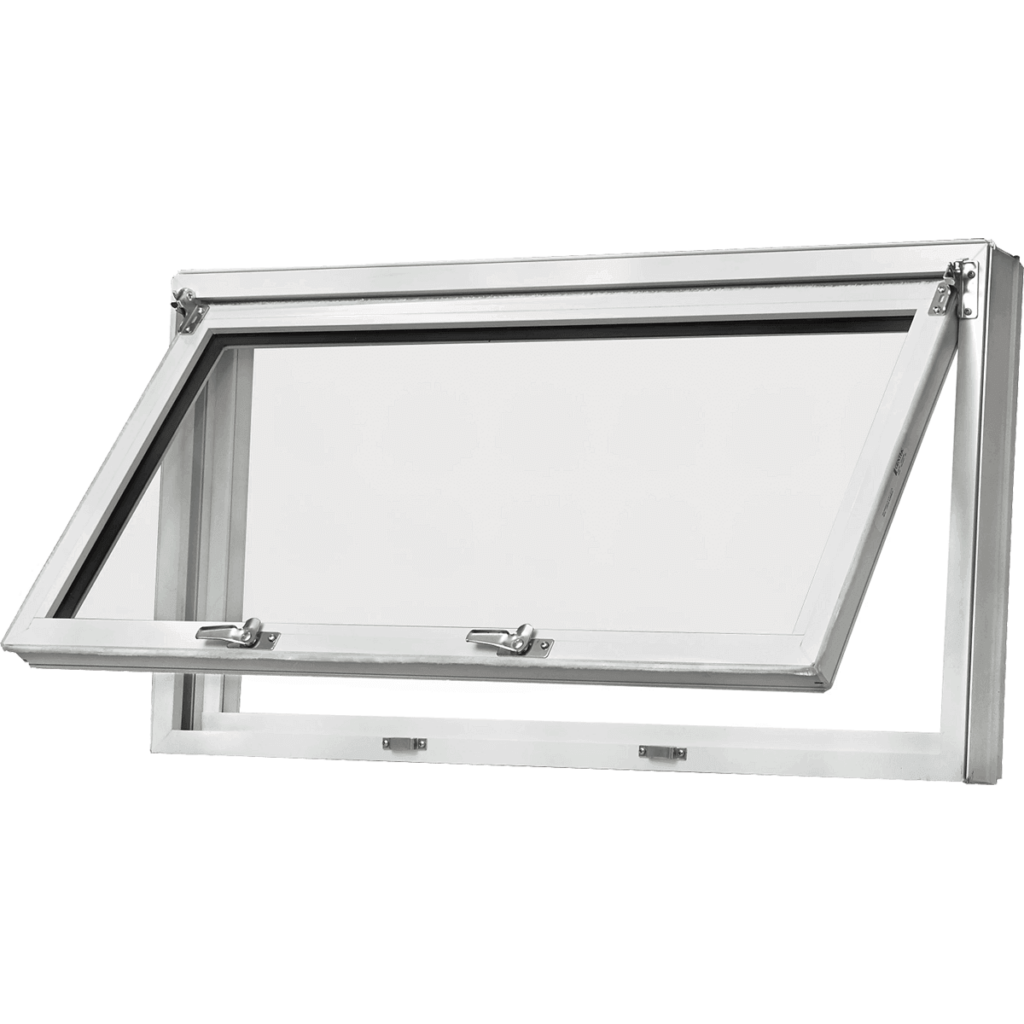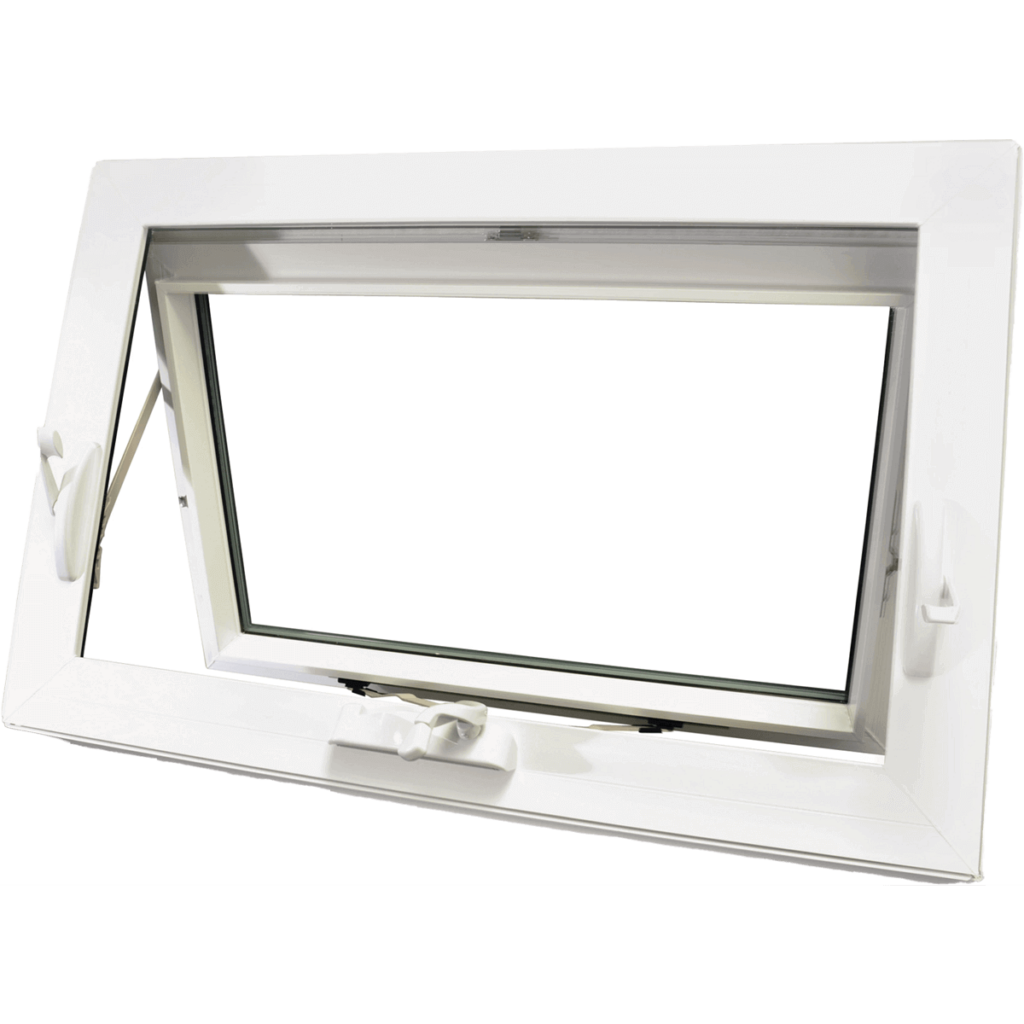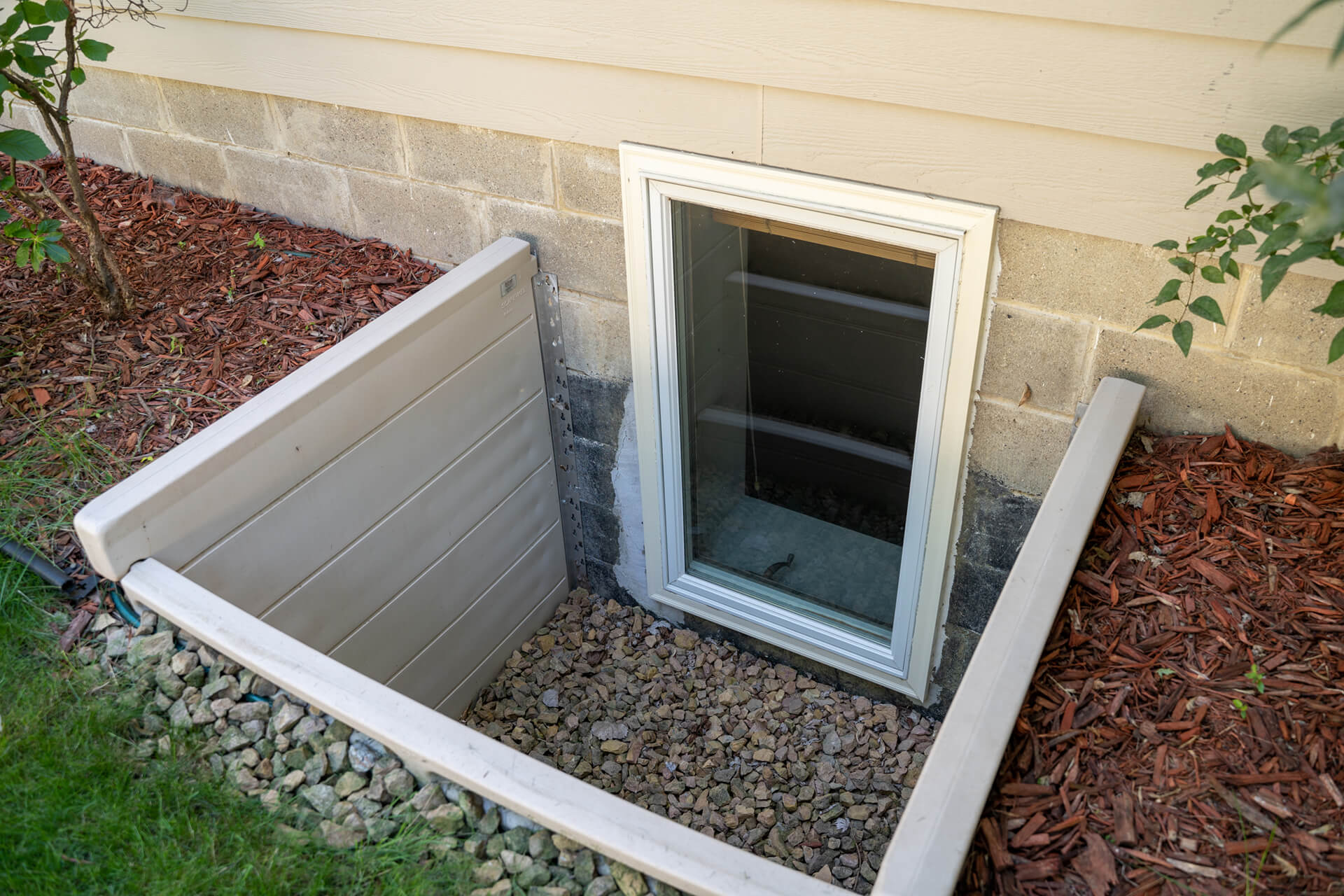This guide aims to help homeowners choose the right basement windows by exploring various window types and emphasizing the significance of windows in enhancing below-grade spaces, both functionally and aesthetically.
The Importance of Windows in a Basement
Basement windows are vital in addressing the typical darkness of basements. Their ability to let in natural light transforms these often gloomy, subterranean spaces into more inviting and usable areas. Natural light not only improves the ambiance but also combats mold and mildew growth, which thrive in dark environments.
In terms of air quality, these windows are equally crucial. Basements are prone to poor ventilation, high humidity, and the accumulation of harmful pollutants like radon and VOCs. Windows aid in ventilating the space, allowing fresh air to circulate and dilute these pollutants. They also help in reducing humidity levels, mitigating health risks associated with poor air quality, and preventing mold growth. Thus, basement windows play a key role in both enhancing the livability of the space and ensuring healthier air quality.
Options for Basement Windows
Hopper Windows
Hinged at the top or bottom, these inward-opening windows are perfect where minimal opening space is available. They are compact and offer good ventilation; however, effectiveness against snow varies based on hinge position. Hopper windows are typically manually opened, therefore limiting their sizes.
Awning Windows
When closed, they look almost identical to hopper windows, but open outward instead and are hinged at the top. Another difference is that they usually have a cranking mechanism, allowing them to be made larger than hoppers. Both provide ventilation but have size limitations for light and view. Awning windows offer effective protection against snow and rain intrusion and provide good ventilation.


Other Window Styles
In basements that are largely or partially above grade, other styles of windows can also be installed. Large picture windows would be perfect for walk-out basements with a view, maximizing property value. Sliding windows are great for not obstructing outside space, such as a garden path. Hung windows are suitable for smaller spaces such as laundry rooms, where window width is limited.
How to Choose the Right Basement Windows
Energy Efficiency
Harsher climates require windows with superior insulation and weather resistance. For those of us in Saskatoon, triple-pane windows with high R-value and low U-factor will help save heating bills during our long, cold winters. Choosing Energy Star certified products might also qualify you for Greener Homes Grant.
Size & Quantity
Larger and wider windows will improve lighting and air quality more. However, if you are limited by size, consider installing additional windows, although that may require costly structural modifications.
Maintenance & Durability
Select materials that are rot-resistant and can withstand extreme weather with minimal maintenance, such as vinyl windows, which do not require staining or painting.
Egress-Compliance
Crucial for basements used as living spaces, egress windows are a safety necessity, providing an emergency exit. They are not defined by their style, but their functionality and compliance with specific building code requirements.
For example, according to City of Saskatoon’s Basement Development Project Guide, each bedroom without an exterior door shall have a window that is openable from inside without special tools, larger than a certain size and capable of remaining open on its own. Additionally, if it opens into a window well, it must provide enough clearance, and the well is to be drained at the footing level. Therefore, any window that satisfies those requirements would be considered egress compliant.

Cost Comparison
Hopper and awning windows are generally more budget-friendly due to size and opening mechanism. As for other window styles, the cost varies widely, with picture and large casement windows potentially being more expensive again due to size but also features. Egress-compliant windows are usually pricier due to safety attributes and possible structural modifications.
Conclusion
It’s essential to consider various window types suitable for your specific needs, from improving the livability of below-grade spaces to enhancing scenic views. This guide provides homeowners with the knowledge to choose basement windows that offer comfort, safety, and energy efficiency, while also maximizing the unique potential of their homes.
